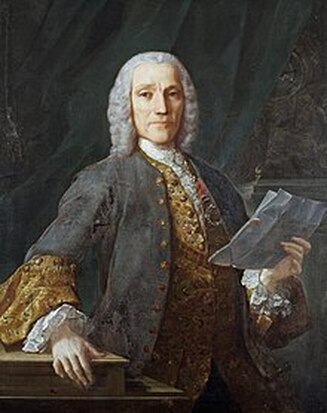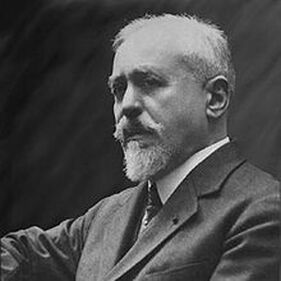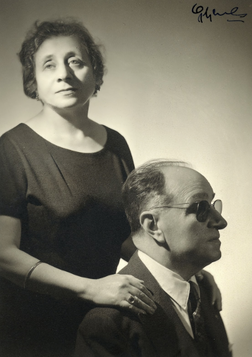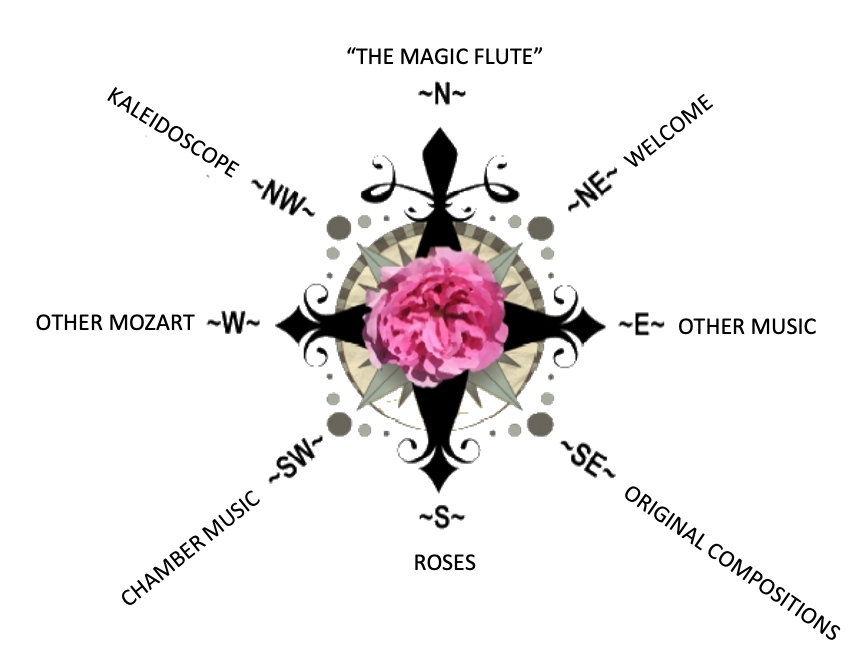- Home
- N - The Magic Flute
- NE - Welcome!
-
E - Other Music
- E - Music Genres >
- E - Composers >
-
E - Extended Discussions
>
- Allegri: Miserere
- Bach: Cantata 4
- Bach: Cantata 8
- Bach: Chaconne in D minor
- Bach: Concerto for Violin and Oboe
- Bach: Motet 6
- Bach: Passion According to St. John
- Bach: Prelude and Fugue in B-minor
- Bartok: String Quartets
- Brahms: A German Requiem
- David: The Desert
- Durufle: Requiem
- Faure: Cantique de Jean Racine
- Faure: Requiem
- Handel: Christmas Portion of Messiah
- Haydn: Farewell Symphony
- Liszt: Évocation à la Chapelle Sistine"
- Poulenc: Gloria
- Poulenc: Quatre Motets
- Villa-Lobos: Bachianas Brazilieras
- Weill
-
E - Grace Woods
>
- Grace Woods: 4-29-24
- Grace Woods: 2-19-24
- Grace Woods: 1-29-24
- Grace Woods: 1-8-24
- Grace Woods: 12-3-23
- Grace Woods: 11-20-23
- Grace Woods: 10-30-23
- Grace Woods: 10-9-23
- Grace Woods: 9-11-23
- Grace Woods: 8-28-23
- Grace Woods: 7-31-23
- Grace Woods: 6-5-23
- Grace Woods: 5-8-23
- Grace Woods: 4-17-23
- Grace Woods: 3-27-23
- Grace Woods: 1-16-23
- Grace Woods: 12-12-22
- Grace Woods: 11-21-2022
- Grace Woods: 10-31-2022
- Grace Woods: 10-2022
- Grace Woods: 8-29-22
- Grace Woods: 8-8-22
- Grace Woods: 9-6 & 9-9-21
- Grace Woods: 5-2022
- Grace Woods: 12-21
- Grace Woods: 6-2021
- Grace Woods: 5-2021
- E - Trinity Cathedral >
- SE - Original Compositions
- S - Roses
-
SW - Chamber Music
- 12/93 The Shostakovich Trio
- 10/93 London Baroque
- 3/93 Australian Chamber Orchestra
- 2/93 Arcadian Academy
- 1/93 Ilya Itin
- 10/92 The Cleveland Octet
- 4/92 Shura Cherkassky
- 3/92 The Castle Trio
- 2/92 Paris Winds
- 11/91 Trio Fontenay
- 2/91 Baird & DeSilva
- 4/90 The American Chamber Players
- 2/90 I Solisti Italiana
- 1/90 The Berlin Octet
- 3/89 Schotten-Collier Duo
- 1/89 The Colorado Quartet
- 10/88 Talich String Quartet
- 9/88 Oberlin Baroque Ensemble
- 5/88 The Images Trio
- 4/88 Gustav Leonhardt
- 2/88 Benedetto Lupo
- 9/87 The Mozartean Players
- 11/86 Philomel
- 4/86 The Berlin Piano Trio
- 2/86 Ivan Moravec
- 4/85 Zuzana Ruzickova
-
W - Other Mozart
- Mozart: 1777-1785
- Mozart: 235th Commemoration
- Mozart: Ave Verum Corpus
- Mozart: Church Sonatas
- Mozart: Clarinet Concerto
- Mozart: Don Giovanni
- Mozart: Exsultate, jubilate
- Mozart: Magnificat from Vesperae de Dominica
- Mozart: Mass in C, K.317 "Coronation"
- Mozart: Masonic Funeral Music,
- Mozart: Requiem
- Mozart: Requiem and Freemasonry
- Mozart: Sampling of Solo and Chamber Works from Youth to Full Maturity
- Mozart: Sinfonia Concertante in E-flat
- Mozart: String Quartet No. 19 in C major
- Mozart: Two Works of Mozart: Mass in C and Sinfonia Concertante
- NW - Kaleidoscope
- Contact
Music of Spain
by Judith Eckelmeyer
(GRACE WOODS MUSIC SESSION SEPTEMBER 11, 2023)
It is likely surprising to most of us who like to listen to classical music to find that an Italian composer was the principal contributor to the entertainment of Spanish nobility from 1768 until his death in 1805. But he wasn’t the first. His predecessor, the Neapolitan Domenico Scarlatti (1685-1757), established an early form of single-movement keyboard sonatas, many of which imitated the sounds and styles of the guitar, so ubiquitous throughout Spain.
Luigi Boccherini, born 1743 in Lucca, Italy, was well educated, studied in major European centers, and then went on tour as a cellist and composer to cities in Italy, then to Vienna and Paris. In Paris from 1767 to summer of 1768, he wrote and published a number of chamber pieces. He is said to have been invited or urged by the Spanish ambassador in 1768 to go to Madrid. (There were, interestingly, several other foreign musicians also working there.) Arriving in Madrid in 1769, he composed a set of quartets and dedicated them to the Spanish Infante Don Luis; he was also receiving patronage of others and composing for public concerts. By the end of the following year he had been appointed to the service of Don Luis as composer and performer.
For the remainder of his life Boccherini lived and worked in Spain, and isolated from the European mainstream of composers, he absorbed music characteristics of the realm around him. The result was a compositional output incorporating both “local color” and the young classical style. A great portion of his composition was for chamber ensembles—over 470 in the list compiled in Yves Gérard’s 1969 catalog compared with very few symphonies. His Fandango, originally for string quintet Op. 40, No. 2, takes the chord progression and rhythm of the flirtatious folk dance which originated in Andalusia. It is one of several triple-meter characteristic traditional Spanish dances. Boccherini’s quartet was transcribed (anonymously) for two harpsichords; their plucked strings suggest the sound of the guitar.
Boccherini's String Quintet in D Major, Op. 40, No. 2 "Del Fandango"
Quintetto Boccherini
Quintetto Boccherini
Isaac Albéniz (1860-1909), a Catalonian virtuoso pianist, composer and conductor, was a precocious child, beginning his performing career at the age of 4. Refused admission to the Paris Conservatory because he was too young, he nevertheless traveled extensively on concert tours under his father’s aegis. His life seems to have been one long series of tours in Europe and the Americas, but in 1900 he gave up touring and settled in London. After a three-year stay there he moved to Granada, and after his mother’s death there he returned to France: Paris, then Nice, where he composed his major work, the Iberia Suite for piano.
The Iberia Suite is considered an extraordinarily complex and challenging work for a pianist; in a review for the NYT, Donal Henahan wrote: “There is really nothing in Isaac Albeniz’s Iberia that a good three-handed pianist could not master, given unlimited years of practice and permission to play at half tempo.” The work consists of 4 “books”, each comprised of 3 pieces evoking its own locale in Spain. On tonight’s session we’ll hear an orchestrated version by Enrique Fernández Arbós of 5 pieces from the full work. 1. Evocatión (Bk. I), elements of fandango from the south and jota from the north of Spain; 2. El Corpus en Sevilla (I), featuring a processional march on the feast of Corpus Christi alternating with a mourning song underlaid with flamenco guitars; 3. Triana (II), representing Seville’s Gypsy quarter; 4. El Puerto (I), evoking the Puerto de Santa Maria in Cádiz; 5. El Albaicin (III), a district of Granada.
Albéniz's Iberia Suite
Andrés Franco, conductor| Texas Festival Orchestra
Andrés Franco, conductor| Texas Festival Orchestra
Joaquín Rodrigo, born in 1901 in Sagunto (Valencia), Spain, was a virtuoso pianist and composer whose fame rests substantially on his 1939 work, Concierto de Aranjuez, for guitar and orchestra. He wrote for a wide variety of instruments and ensembles, especially the guitar (although he was not proficient on the instrument). At the age of 3 he contracted diphtheria resulting in partial loss of sight (he later became completely blind as a result of glaucoma). Fortunately, his musical education was carried out in the city of Valencia at schools for educating the deaf and blind. Both regular academic subjects and studies in piano, violin and composition were available to him there. He also learned to read and write Braille. A special machine had been invented for music notation. Assistants transcribed his Braille into conventional notation and played “test” readings of them on piano, allowing him to “proofread” his scores and make any corrections orally. At the age of 26 he moved to Paris and studied with Paul Dukas, and Manuel de Falla became his mentor.
While there he met and married a Turkish Sephardic Jewish piano student, Victoria Kamhi. The couple returned to Spain in 1939, where Joaquín continued composing and became a music critic for several public media and an administrator for an national organization for the blind. Among the many prestigious awards he received was a hereditary title of nobility, Marqués de los Jardines de Aranjuez (1991).
His 3-movement Concierto de Aranjuez is classical in many respects. Rodrigo was evoking the atmosphere of 18th century Spanish culture in it, rather than either contemporary or folk tradition. He conceived the haunting second movement in response to Victoria’s miscarriage of their first child. Their second child, a daughter Cecelia, born in 1941, lived beyond the deaths of her parents and succeeded her father as the Marquesa de los Jardines de Aranjuez.
Rodrigo's Concierto de Aranjuez
Guitar: Pepe Romero | Conducted by Rafael Frühbeck de Burgos | Danish National Symphony Orchestra/DR Symfoniorkestret
Guitar: Pepe Romero | Conducted by Rafael Frühbeck de Burgos | Danish National Symphony Orchestra/DR Symfoniorkestret
Judith Eckelmeyer © 2023
Choose Your Direction
The Magic Flute, II,28.










